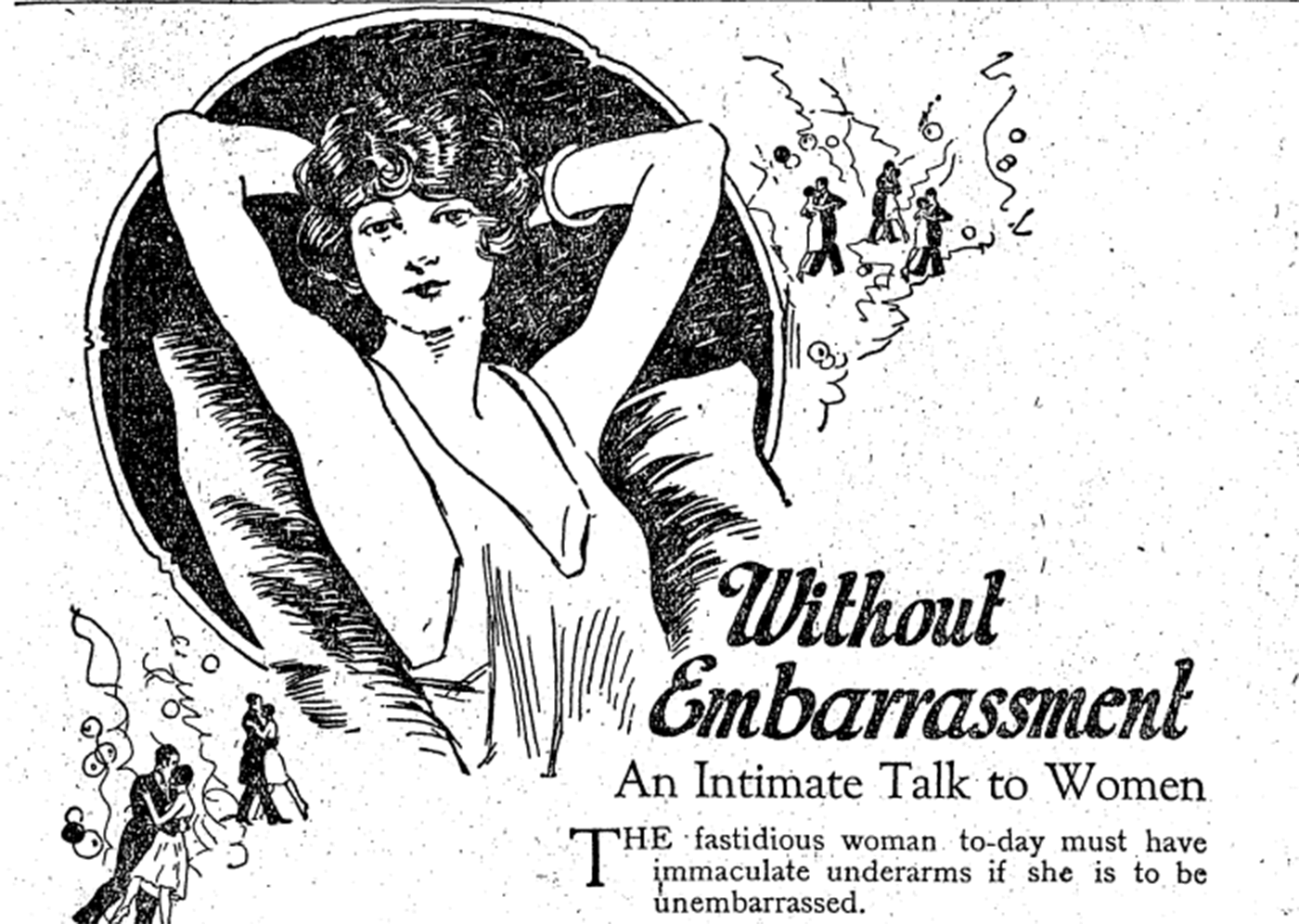By Niyati
Evolution in the Perspective of Body Hair
Body hair has been a hot topic for ages. Scientifically, body hair offers its fair share of benefits by protecting human beings from adverse conditions. While the body hair of males represents maturity and aggressiveness, the females’ body hair is associated with unhygienic conditions.
The perception of body hair has varied across the ages and the globe. Earlier, Caucasian societies believed that hair on the body was beneficial. On the other hand, the sophisticated classes of the English countries believed that body hair must be removed. As early as in 1858, Eliza Rosanna Gilbert wrote about how women perceived upper lip, neck, arm, and chin hair as ‘unfeminine’, in Irish communities. The hair removal products were not in use back then, thus a mixture of pitch plaster (an adhesive) and galbanum (aromatic resin) along with a leather belt was used.
It was not until the 1920s that removal of leg and armpit hair was in fashion. This change has been related to a convergence of cultural factors. The most prominent of these factors is the awareness and obsession with beauty standards.

How media and the fashion industry instigated body hair removal
The media and the entertainment industry being the instigator of unrealistic standards is a tale as old as time. Numerous magazines and advertisements were published about how hairy arms were a disgrace to poised women. In 1929, under-arm hair campaigns were organized as well. This deeply stigmatized body hair growth in females.
What was even worse was that beauty magazine editors often incorporated their message of a ‘hairless body’ in their works and glamourized it. The fashion industry did not miss the golden opportunity to promote and justify hair removal campaigns. During the 1930s, sleeveless clothes and dresses along with sheer gowns saw a visible rise in sales.
The practice of shaving women's legs became quite popular in the 1940s; in fact, it went from a trend to a routine in just a couple of months. Moving ahead to further decades, the view of body hair was aggressive in the 1980s, to the point that it was deemed offending. Gradually, removing body hair went from being ‘preferred’ to being the norm.
Modern perception of body hair of women
It is certainly fair to state that since the 1900s, we have come a long way in embracing body hair. The removal of body hair went under three significant evolutions: Beauty Routine to Hygienic Routine and finally evolved into the best weapon for Social Transformation.
The outlook is changing for the greater good. Body hair is being normalized and society is starting to come to terms with it. The consensus has transformed and states that shaving or removing body hair is just a choice, not a parameter for someone’s femininity or hygiene.
In the end, it can be said that the history of body hair has somehow always been defined by the notions of gender and power. Yet, in its newest and latest evolution, body hair is being welcomed by an increasing number of young women, transforming it from a source of societal disgrace to a sign of individual power. Gender fluidity, the body-positivity movement, and the expanding openness of the beauty industry have all contributed to the current wave embracing hirsuteness.
to know more about why some women have more facial hair than others read here
to know more about evolution in the Perspective of Facial Hair in Women read here
Reference:
Perceptions of body hair on white women: effects of labeling https://pubmed.ncbi.nlm.nih.gov/11824718/
A Retrospective Look at Women's Body Hair https://www.allure.com/gallery/history-of-womens-body-hair-removal
History of removal of leg and underarm hair in the United States
https://en.wikipedia.org/wiki/History_of_removal_of_leg_and_underarm_hair_in_the_United_States
Tags: #FacialHair #UnwantedHairGrowth #Facial #Features #Beauty #Qualities #UniqueFacialFeatures #c#SelfCare #SelfAcceptance #Pros #Cons #Confidence #Boost #Evolution #Society #BeautyStandards






0 comments